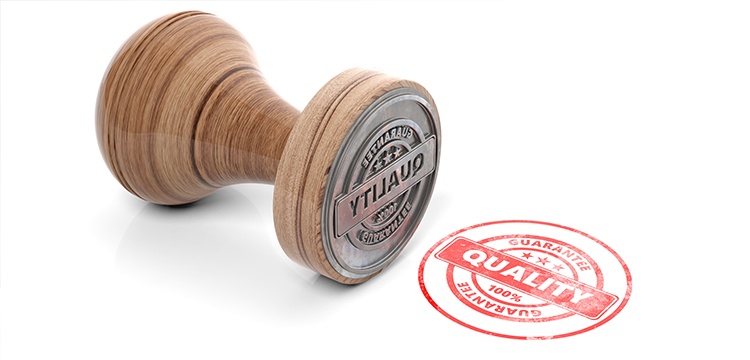The recent publication of ICAEW's report Practice Assurance Monitoring 2022 made interesting reading. This is a dry topic for some, but one that is close to my heart because I sat for 9 years on ICAEW's Practice Assurance Committee (PAC), the last 6 as Chair.
As always it is worth starting out by saying that the vast majority of practice visited were doing things pretty well, so any criticisms are to be taken in that context. This year's report focused on some specialist areas, such as independent examination of charities and Solicitors Regulatory Authority Account Rules. The lesson for me is that when you take on work that is different to your bread and butter, you need to make sure you know it as well as your everyday assignments.
We can all learn something here. Whether in practice or in business, people trust accountants. That is good news for the profession, of course, but with it comes responsibility. People will ask those that they trust to help them with other problems. They forget that the reason you are so good is that you are very experienced at doing the things they see you do. They think it is just because you are clever and hard working. So you will find that if you're doing a good job, people will ask you to advise on things that you're less expert at. It can be difficult to distinguish between the moment where you should try to be helpful and turn your hand to something, and the moment where you're going too far and trespassing into an area where really you don't have the required expertise.
Those were the main features at the top of the report, but further down was the list of top reasons for referrals. And it does seem that nothing's changed since my day. I am going to sound unsympathetic here, but the overwhelming proportion of practices that end up in trouble, bring it on themselves. This is how it works. Each visit is given a rating. An "A" rating is an excellent rating. You got a gold star. A "B" is pretty good too. "C" means that there are things that need addressing, but the ICAEW team will help advise on how to out it right. A "D" visit is referred to PAC.
Some referrals are because of a serious issues, but many more are really things that could have been sorted out amicably but the practitioner has refused to play ball. Maybe the client engagement letters weren't quite right, or they hadn't got their data protection sorted out In these cases the inspectors are really helpful. If you say, "You're absolutely right, I'll sort that out", they will give you time and then sign you off. But if you argue about it, saying that the regulations are all mad and you shouldn't have to comply, or you go quiet and refuse to engage, you will only get yourself into deeper water.
Again, I think this is a lesson for people in business as much as in practice, the organisations we work with tend to be supportive of our activities – they want us to do well. So when something goes wrong, holding your hand up and saying "You're absolutely right, I'll put it right" is an effective tactic.
The absolute number one crime was what was called "a failure to comply with previous assurances." Often at the end of a visit, there are minor things that need sorting out. Rather than check endlessly that minor things have been corrected, the inspector will accept the practitioner's assurances that the issues will be remedied. So there might be a commitment to complete the process of getting the final few client engagement letters signed. Some years later, there would be a repeat inspection, and they would find that the final letters never did get signed. The job wasn't done. That resulted in an automatic referral and normally nowadays a spot fine.
So if you tell people what you're going to do, you are effectively saying, "Trust me, I'll sort it all out". If you don't then do that, you undermine that trust. You don't get given a second chance.
Alan Nelson is an author for accountingcpd. To see his courses, click here.

You need to sign in or register before you can add a contribution.